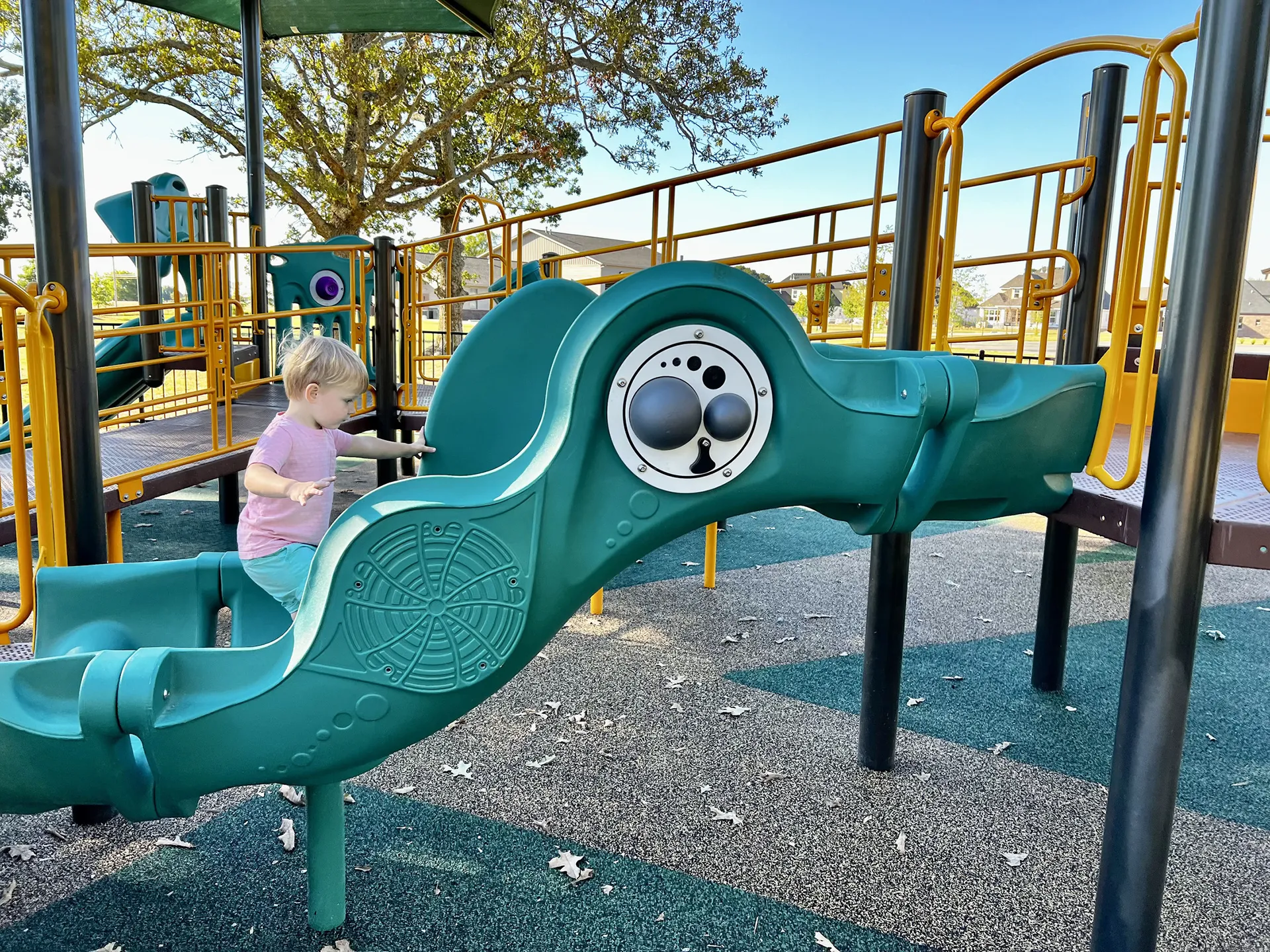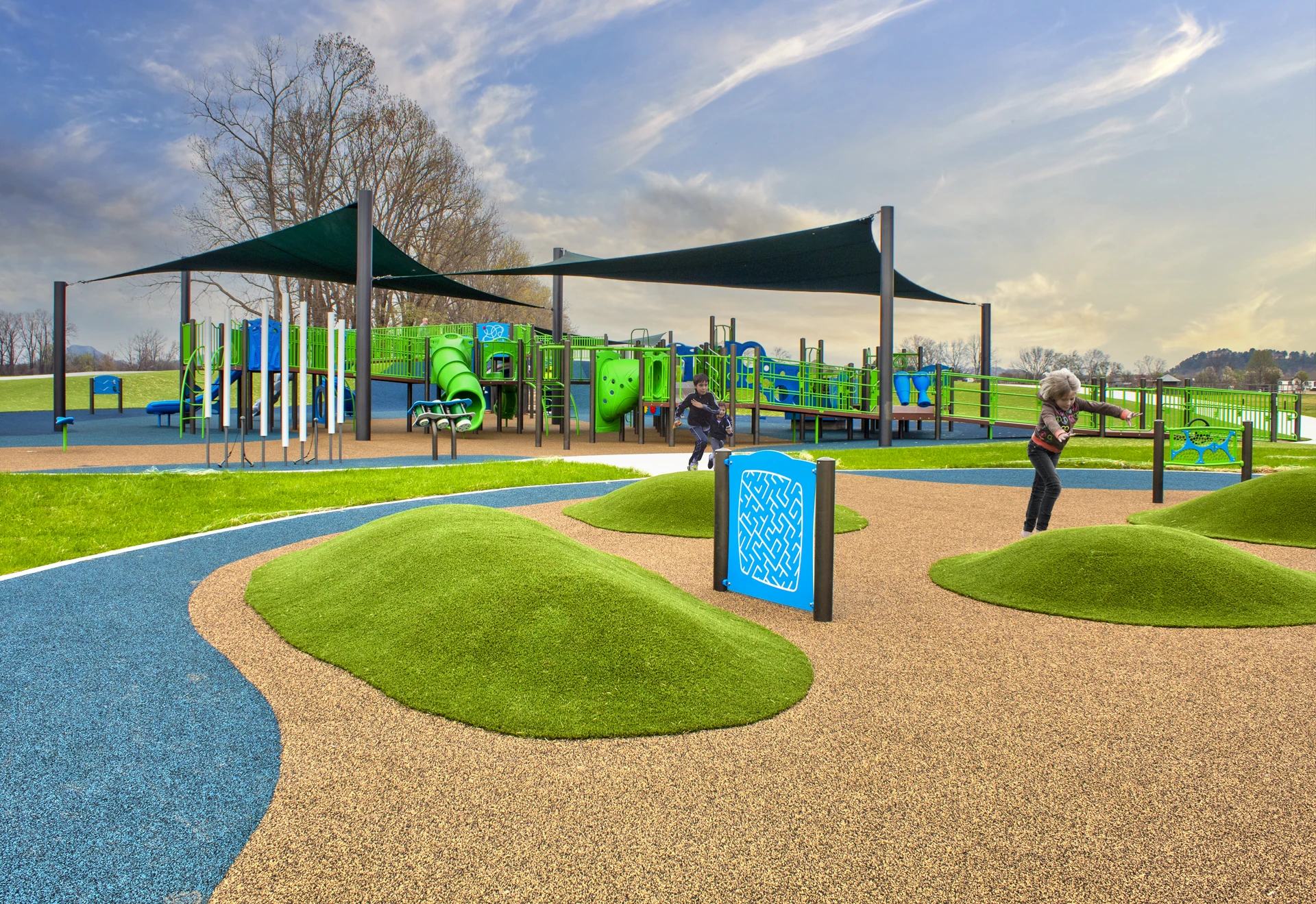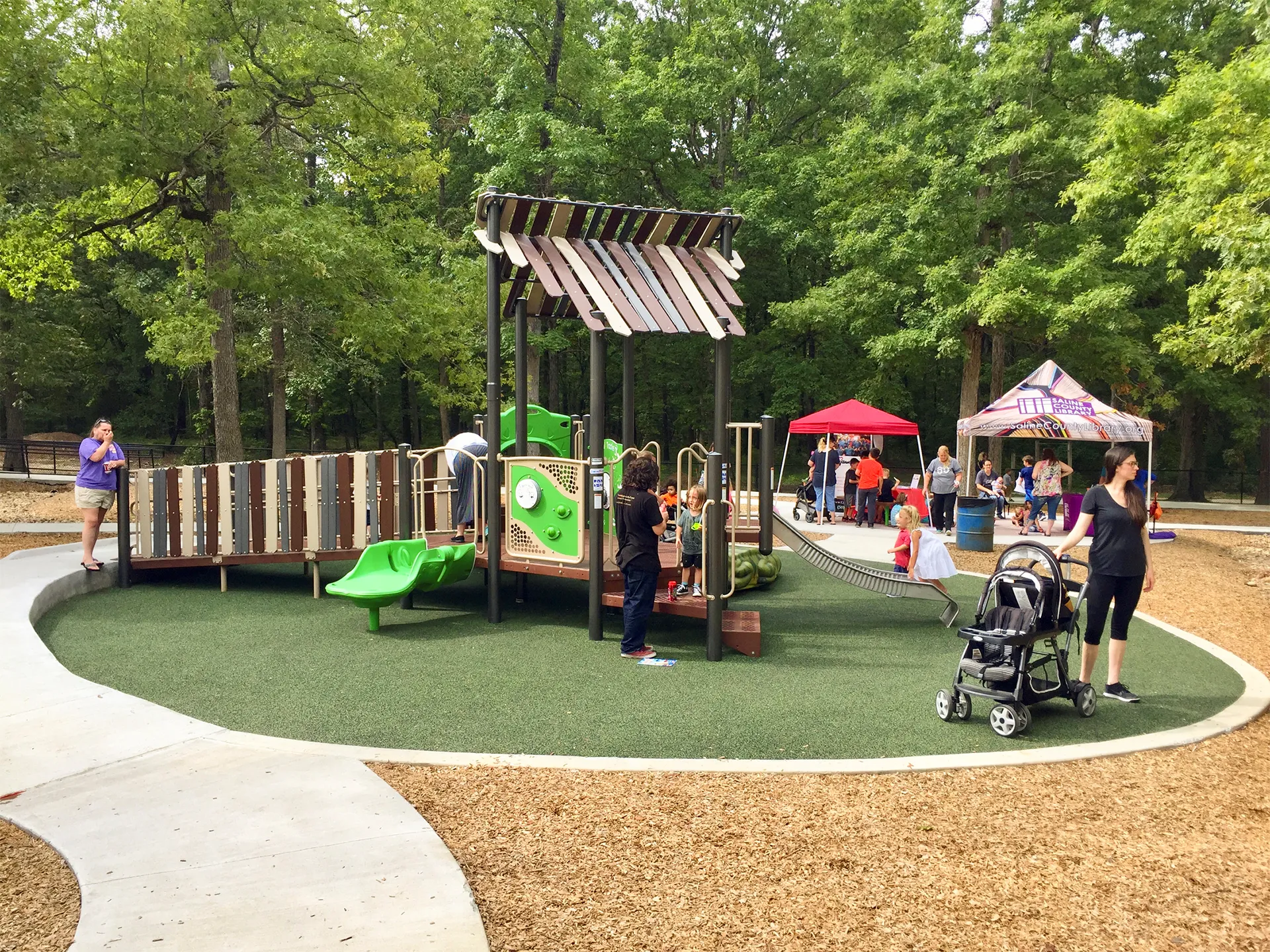INSIGHTS

Ryan Hale
Founder + Vice President - LaneshiftWhile it is no secret that walkable and bikeable communities enjoy a higher quality of life and stronger economic development opportunities, many city leaders struggle with knowing where to begin. Active transportation networks can seem like an amenity that is nice to have but ultimately feel unrealistic for some communities. City leaders often ask me, “Is this even possible in our town?” The short answer is yes.
I learned the power of practice early in my football career at the University of Arkansas. Like any team, we would watch film and review game plans in a classroom setting. It was an essential part of our success. However, it was no substitute for getting on the field and practicing together. The most impactful learning happened after we put on a helmet and pads and practiced at full speed. The importance of hands-on learning has stuck with me throughout my life and is especially relevant in my role leading Laneshift as an educator and facilitator.
At Laneshift, we host active transportation educational workshops built on the idea that the best way to learn is by doing. Our flagship program is called the Active Transportation Academy. It is a four-day professional development course that puts mayors, city engineers, city planners and other industry professionals on e-bikes so they can experience firsthand what it feels like to move around a city on a bicycle. We evaluate safety, comfort and motorist behavior in real time on two wheels. Through our work, one of the most powerful lessons we have learned is that if you can change the way people think, you can change the way people make decisions.
We have seen various city leaders experience an “aha” moment while participating in our educational programs. Through hands-on learning, they start to understand how harnessing a community’s culture — its behaviors and values — is both a powerful and necessary force for change.
“The academy completely transformed my perception of active transportation and how I interact with not only the physical spaces themselves but the people who are in positions to make positive impacts,” said Jennifer Grisson, former director of Fort Worth Bike Sharing.
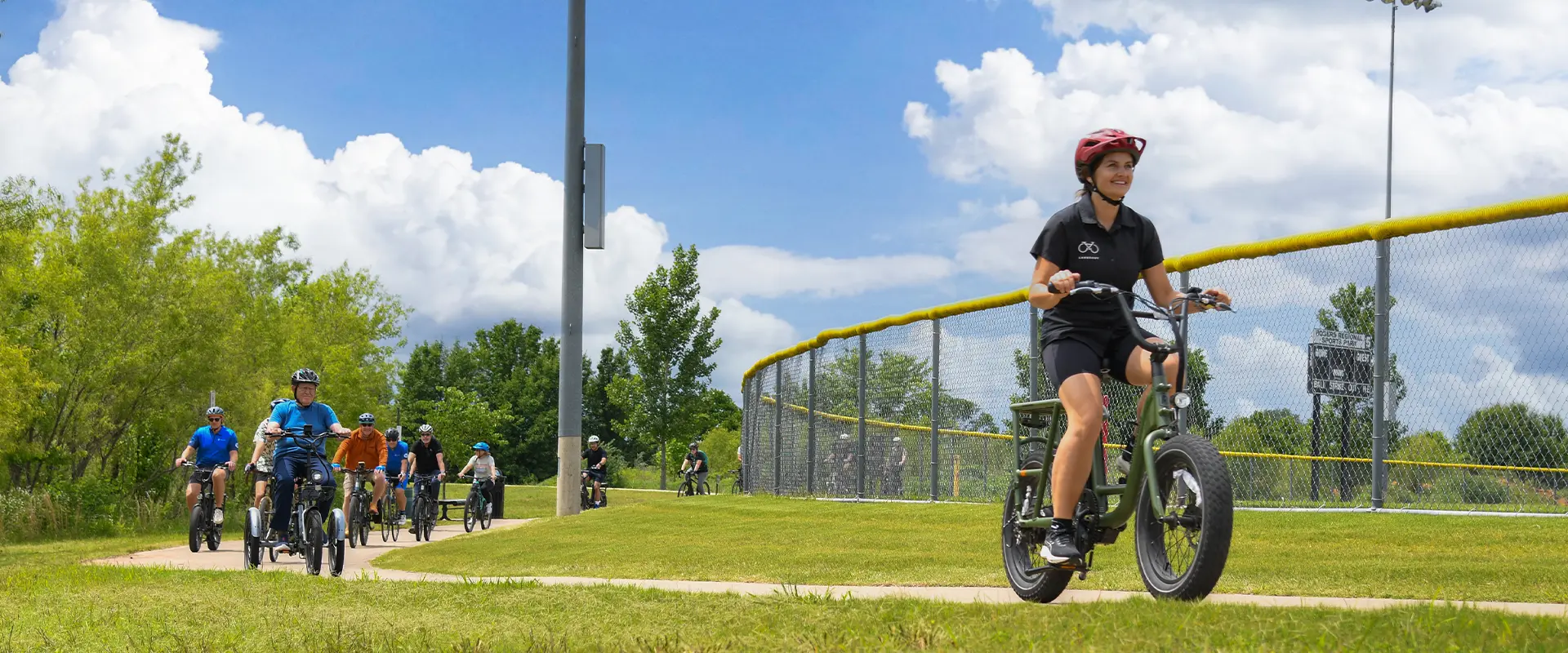
No matter a city’s size, current budget limitations or political environment, there are steps any community can take to make active transportation more viable. The very first step to creating a connected community is learning and understanding the necessary ingredients. At Laneshift, we believe the ingredients of connected communities fall under two categories: infrastructure and culture.
We created the Connected Community Model to spell out these two components. Infrastructure is our built environment: We need our active transportation infrastructure to be safe, comfortable and connected. Culture is our behavior and values: We need our culture surrounding active transportation to be welcoming, accessible and encouraging. The marriage of infrastructure and culture is our recipe for creating a connected community.
For a city looking to embrace active transportation, creating a citywide bicycle and pedestrian master plan, researching available grants or even improving a crosswalk are all worthwhile endeavors. While these projects focus primarily on infrastructure and how to build it, there are equally important culture-building initiatives a city should also consider.
The city of Benton started a Ride with the Mayor event in which the public is encouraged to go on a leisurely ride through the city with Mayor Tom Farmer. The Square 2 Square bike ride from Bentonville to Fayetteville saw nearly 2,000 riders this spring and is open to users of all ages and abilities. Frequent pit stop locations along the route are filled with families and encourage riders to take it easy and enjoy the ride. Some school districts embrace Bike to School Week and provide adult-supervised group rides called Bike Trains to encourage independence and confidence among student riders.
At Laneshift, we are fortunate to host community leaders from across the country in our educational programs. Our participants often come away from our sessions with new determination and a new mindset on how they can apply what they learned in their own community. We often witness the very beginnings of a cultural shift happening at the personal level.
“The academy was an experience I could never compare to any other learning experience I have ever had,” said Gentry Mayor Kevin Johnston. “From the Laneshift team and their industry partners to the on-the-ground, see-it-for-yourself exposures, I returned to my community with a better understanding of how to see active transportation from many different angles.”
Playground Surfaces for Improved Access and Play
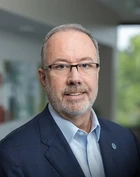
Dave Roberts, PLA, ASLA
Senior Vice President - Planning & Business DevelopmentWhen imagining a playground, most people likely first think of a spiraling slide or a high-flying swing. Of course, play equipment is essential to a playground, but what’s under that equipment is just as important.
A playground’s surface is a critical component worthy of careful consideration during the design process. It’s essential to understand how various surface types impact safety, accessibility, maintenance, and overall aesthetics. A playground with the wrong surface type could create an unsafe maintenance headache with barriers that exclude some children. However, some surfaces can help elevate the playground experience for kids of all abilities.
Inclusive playground at Kathleen Johnson Memorial Park - Lowell, Arkansas
Safety
Unitary surfaces, such as synthetic grass and poured-in-place rubber, are widely considered to be the safest choice because they offer a cushioned floor to lessen the impact of falls. While a cheaper option, loose-fill surfaces like engineered wood fiber do not provide the same impact rating. Additionally, unsafe objects sometimes hide below loose-fill surfaces, and it can be tempting for children to throw or chew the fill material.
Inclusive playground at Two Rivers Park - Little Rock, Arkansas
Accessibility and inclusion
Wheelchairs and strollers move with little to no restriction on rubber and synthetic grass playground surfaces. The same cannot be said for loose-fill options. While engineered wood fiber and rubber mulch meet minimum ADA standards, they do not provide the same ease of movement. Landscape mulch, sand, and pea gravel surfaces are not ADA-compliant and should not be used at public parks and playgrounds.
Inclusive playground at Mills Park - Bryant, Arkansas
Park theme and aesthetics
A playground’s surface can enhance the look and feel of a park and could mean the difference between an environment that sparks play and imagination and one that’s bland. Poured-in-place rubber is popular for its wide-ranging color options and custom design possibilities. It can carry out a park’s theme, highlight walkways and circulation patterns, and add color vibrancy. Imagine a playground with a fishing hole theme. The rubber colors can represent water, sandbars, and even lily pads.
Creative Park Amenities with Cost Recovery Potential

Barry Williams, PLA, ASLA
Project Manager - Prism Design StudioParks and recreation departments provide essential public services, but funding constraints prevent many from adding more beneficial programs. Most local departments rely on tax-based revenue from general funds. Non-tax revenue generated from fees, permits, sponsorships, and donations is often a smaller but vital funding source. Amenities that incorporate cost-recovery features, such as user fees, can help parks and recreation departments enrich and sustain recreational offerings without creating a budget shortfall.
It is essential to recognize that each local government is different, and therefore cost-recovery policies should incorporate a community's unique values. For example, if there is consensus that a program substantially benefits the community as a whole, a department may be less inclined to collect fees. On the other hand, a department may collect fees for an amenity that primarily benefits individuals, such as campsite rentals or classes. Some departments formally adopt cost recovery policies to address these issues transparently.
Most departments generate non-tax revenue from facility rentals and concessions. However, some cities are seeing success with creative, less common amenities.
The following is a list of out-of-the-box ideas that your department might consider implementing.
Dog park lectures from local experts
It's no secret that the number of dog parks is rising across the country. While most cities with dog parks do not collect user fees, some departments provide special on-site programming and charge a sign-up fee. Cities can invite local canine experts to host sessions on topics including behavior training, dog park etiquette, skills course activities, and hiking. This programming can help both dogs and dog owners feel more comfortable at the park, while enhancing safety, and encouraging healthy, active lifestyles.
